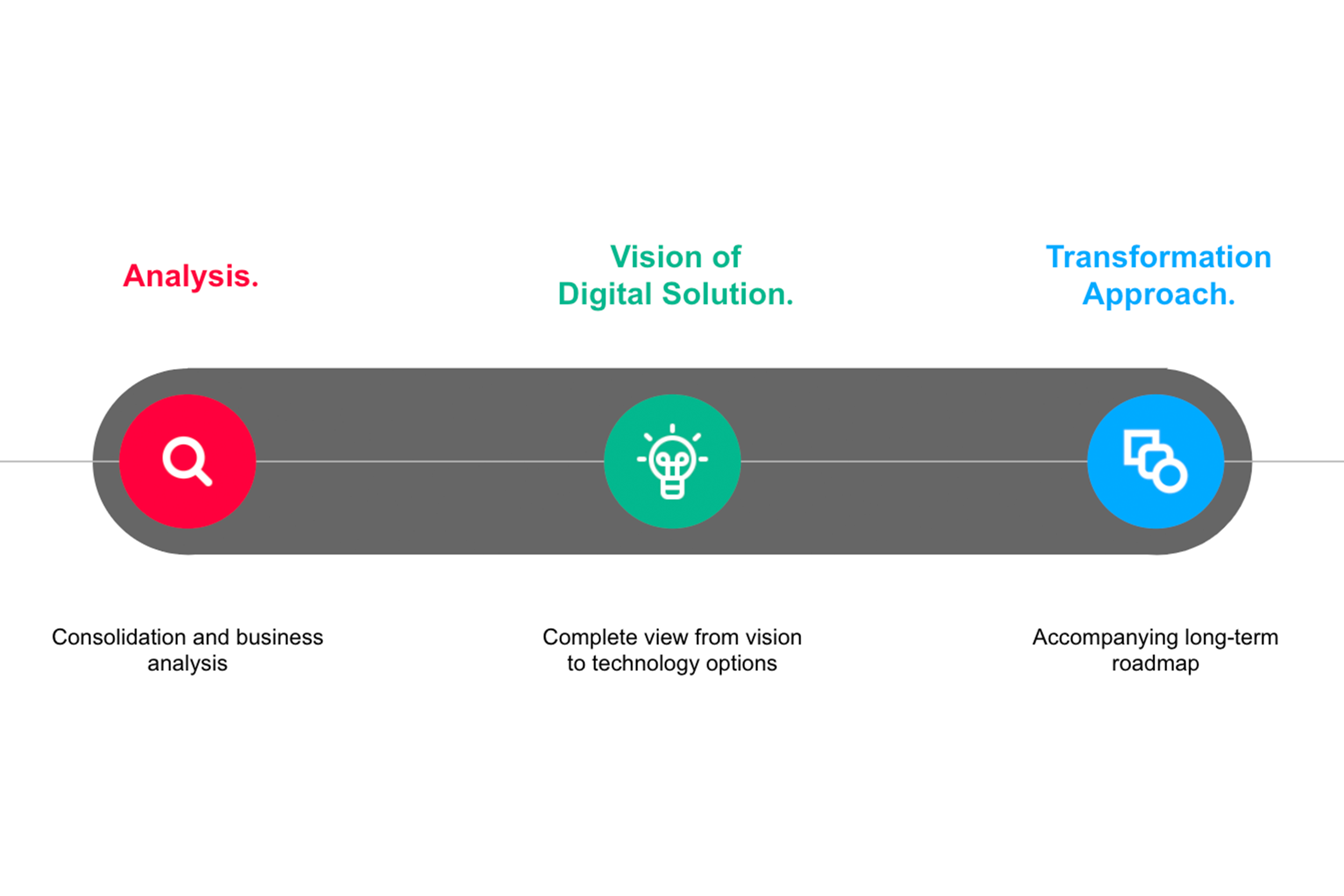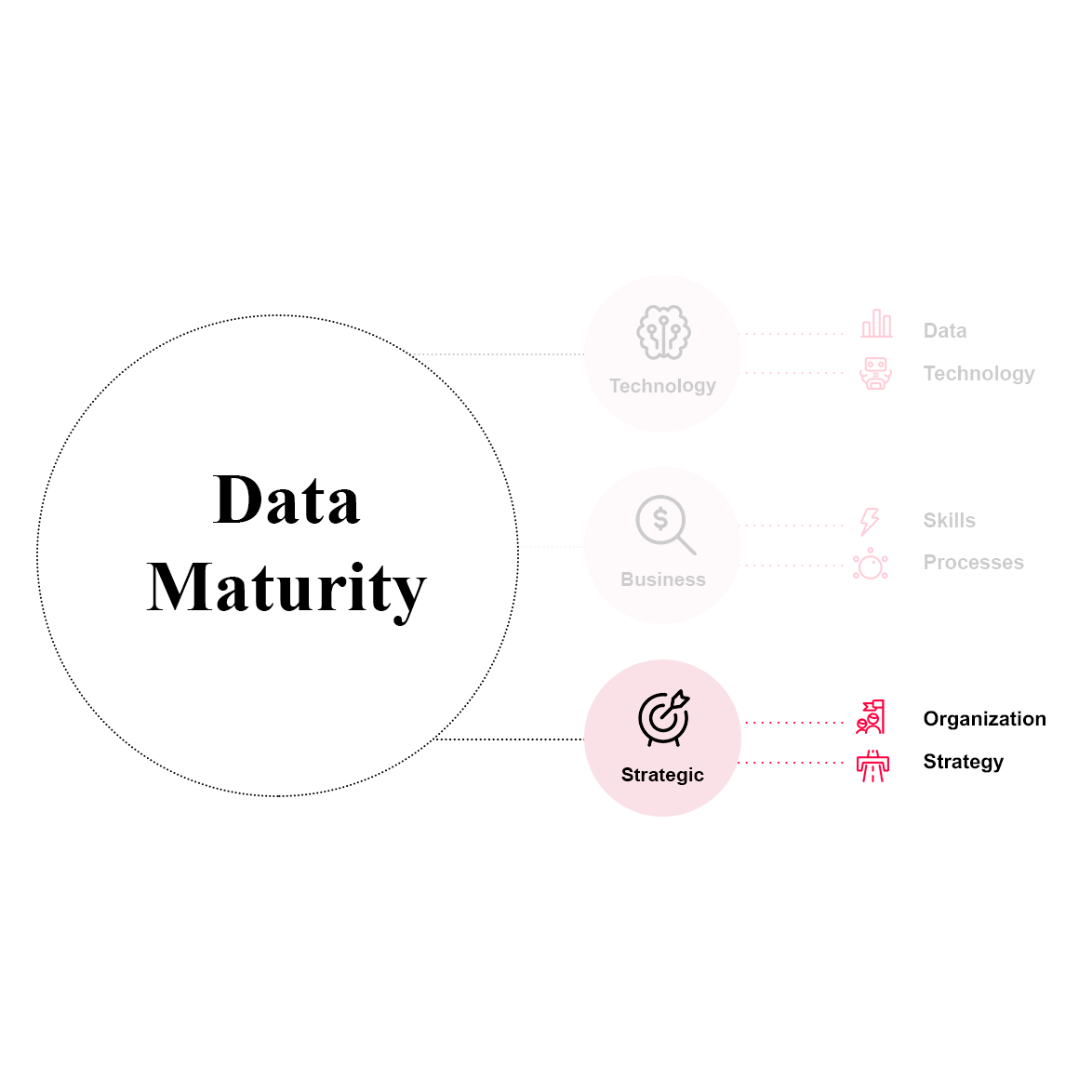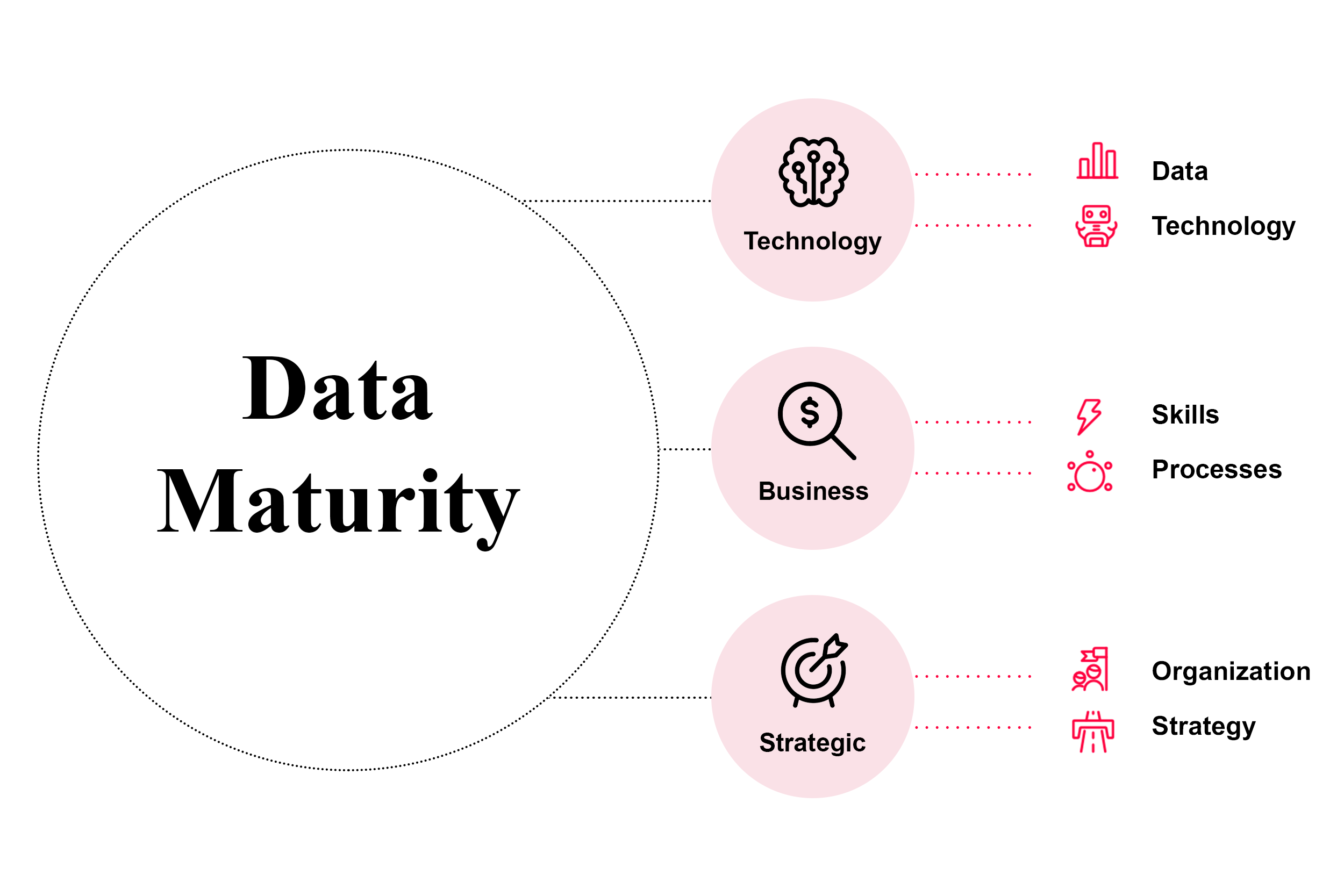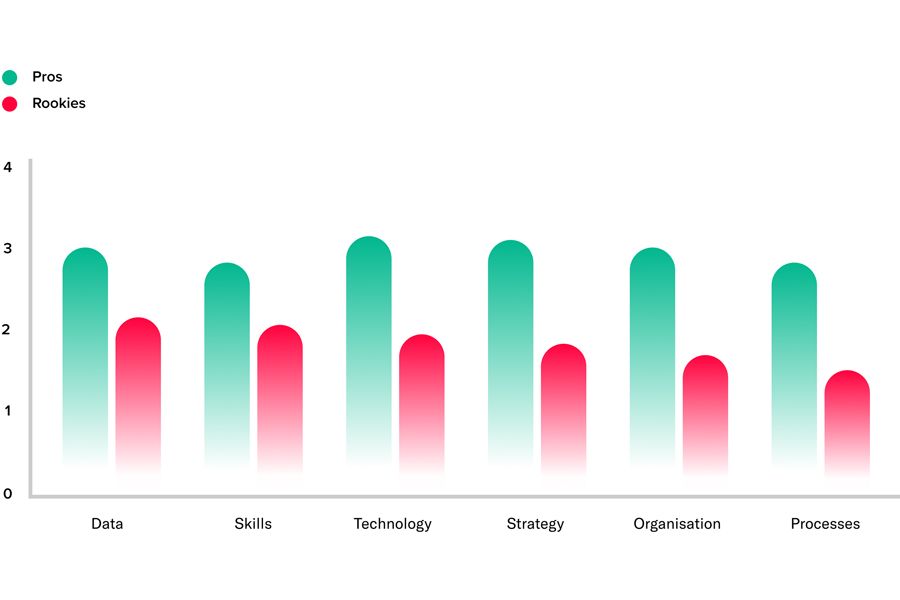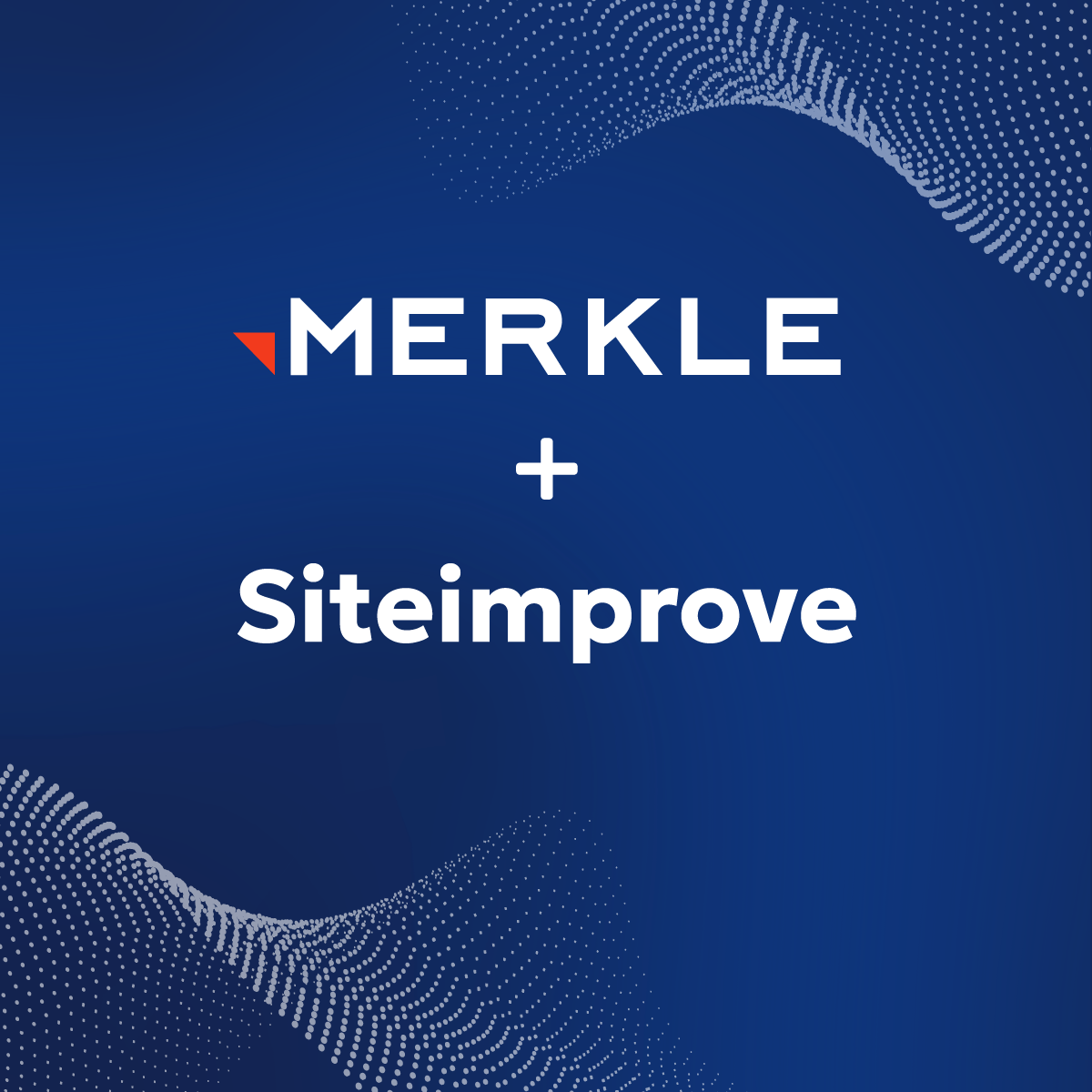This is how we understand the strategic perspective:
In order to develop Advanced Analytics within a company in the long term, the topic needs to be given an appropriate place in the strategic considerations of a company. We distinguish between two aspects: the strategy and the maturity of the organization. To ensure that the topic of Advanced Analytics is clearly defined, companies need the organizational prerequisites to bring the strategy to life. The strategic perspective thus links planned approaches and initiatives with the actual capabilities of the organization. One dimension cannot be developed efficiently without the other: Planning remains vague if it cannot be implemented; conversely, implementation without strategic planning is rarely effective.
If Advanced Analytics is not anchored in the organization, even the best strategy will not lead to any improvement. However, Advanced Analytics cannot be anchored in the organization without a long-term vision of how competitive advantages can be achieved through the targeted use of data.
The relevance of the strategic perspective – with room for improvement
If one looks at the study results in detail with regard to strategy and organization, it becomes clear that only very few companies consider data to be an important strategic parameter of the organization.
Although 29.2% of the companies state that Advanced Analytics is important to them, at the same time only every fifth company has a central unit that supports data-driven decisions and anchors them in the company. Only 8.1% of the companies use data to further develop offers and their own company.
It can be seen that data is still being neglected in the strategic considerations of companies – a real strategic anchoring of the topic only occurs in a minority of companies.
The organizational side of Advanced Analytics
As described above, (often abstract) strategic considerations require an integration with the organization – i.e. its capabilities, structures and responsibilities – in order to implement real data-driven applications.
In our study we were able to show that almost all employees of the surveyed companies (85.1%) have at least gained initial practical experience with the use of data. Nevertheless, the transfer to the organization is not yet successful – less than 10% of the companies manage to gain an entrepreneurial advantage through the use and analysis of data.
Rookies and pros – strategy makes the difference
One of the central findings of our study is that there are two groups of companies in terms of data maturity: Rookies and Pros. Rookies usually already collect data but do not integrate it into their processes. Pros, on the other hand, are particularly well positioned in the dimensions of strategy, processes and technologies.
The chart shows that the differences are greatest in these dimensions.
